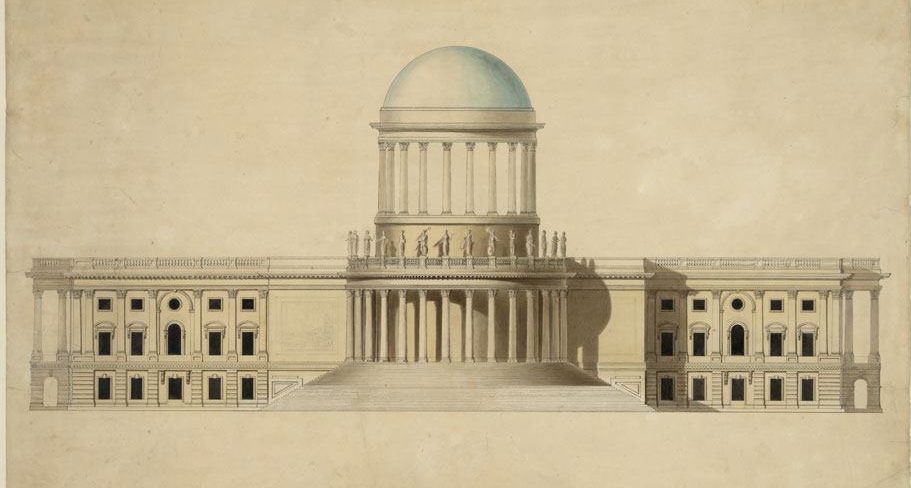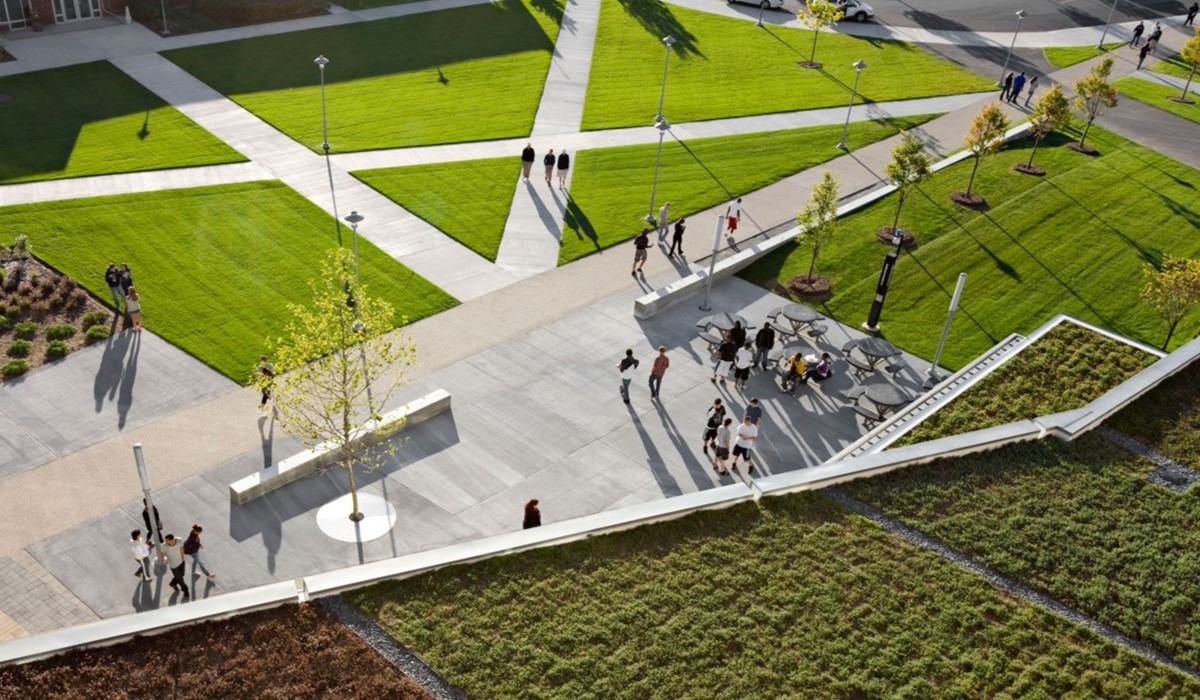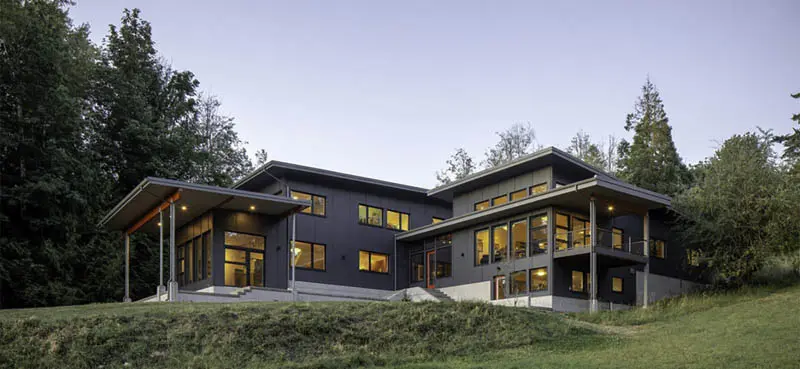What is an Architectural History Dissertation?
An architectural history dissertation is a long piece of writing that students do as part of their studies in architecture. It focuses on the history of buildings, structures, and architectural styles. In this type of dissertation, students explore how architecture has changed over time and what influenced those changes.
They may look at different periods, famous architects, or specific styles. The goal is to understand how architecture reflects the culture, technology, and values of different times.
Why are Architectural History Dissertation Topics Important?
Choosing the right architectural history dissertation topics is important because it sets the foundation for your research. A good topic allows you to explore an area that interests you while contributing something new to the field of architectural history. It helps you build your knowledge and skills, which can be useful in your future career.
Additionally, studying architectural history helps us understand how past designs influence modern architecture. By looking at what has been done before, we can learn valuable lessons and avoid repeating mistakes.
Writing Tips for Architectural History Dissertation
- Choose a Specific Topic: Start by narrowing down your focus. Instead of covering a broad period, pick a specific time, place, or architect. This will make your research more manageable and focused.
- Research Thoroughly: Gather as much information as possible from reliable sources like books, academic journals, and archives. Make sure to include both primary and secondary sources in your research.
- Organize Your Thoughts: Before you start writing, create an outline. This will help you organize your ideas and ensure that your dissertation flows logically.
- Use Simple Language: Since this dissertation may be read by a wide audience, use simple and clear language. Avoid jargon and complex terms that might confuse your readers.
- Analyze, Don’t Just Describe: Instead of just describing buildings or architectural styles, analyze them. Discuss why certain styles were popular and what they say about the society that created them.
- Cite Your Sources: Always give credit to the authors and researchers whose work you reference. This not only avoids plagiarism but also strengthens your argument by showing that it’s based on solid research.
- Proofread: After writing your dissertation, take the time to proofread it. Look for any spelling or grammar mistakes and ensure that your ideas are clearly presented.
Architectural History Dissertation Topics Brief Service
At dissertation-help.co.uk, we offer a comprehensive Dissertation Topics Brief Service to help you select a suitable dissertation topic. Our expert writers can help you generate ideas and outline a detailed topic brief of 500 words. This service ensures that you are headed in the right direction for your dissertation, with a clear and focused topic that meets academic standards.
Download Sample Dissertations Pdf
Before you start working on your own dissertation, it’s helpful to take a look at some sample dissertations. Our collection of sample dissertations covers a wide range of civil law topics and can give you a better understanding of how to structure and write your own dissertation.
You can download free dissertation samples and topic briefs to get an idea of how to approach your topic and craft an engaging dissertation. This can serve as inspiration and guidance throughout your research process.
List of Architectural History Dissertation Topics
Explore compelling Architectural History dissertation topics, from ancient styles to modern influences, cultural impact, and design evolution.
Ancient and Classical Architecture
- The Architectural History of Ancient Egypt
- The Architectural History of the Parthenon
- The Influence of Greek Architecture on Roman Design
- The Architectural History of the Colosseum
- The Architectural History of the Great Wall of China
- The Architectural History of the Pyramids of Giza
- The Influence of Ancient Greek Temples on Modern Design
- The Architectural Significance of Stonehenge
- The Architectural History of the Acropolis
Medieval and Religious Architecture
- The Evolution of Gothic Architecture
- The Role of Religion in Shaping Medieval Architecture
- The Influence of Islamic Architecture on Western Design
- The Influence of Islamic Calligraphy on Architectural Design
- The Architectural Significance of the Great Mosque of Cordoba
- The Role of Architecture in the Spread of Christianity
- The Impact of the Renaissance on Religious Architecture
Renaissance and Baroque Architecture
- The Role of Architecture in the Italian Renaissance
- The Influence of the Renaissance on Modern Architecture
- The Evolution of Baroque Architecture
- The Influence of Italian Baroque on European Architecture
- The Influence of the Renaissance on Civic Architecture
- The Role of Architecture in the Renaissance Revival
18th and 19th Century Architecture
- The Role of Architecture in the Enlightenment
- The Role of Architecture in the American Revolution
- The Development of Neo-Classical Architecture
- The Influence of the Arts and Crafts Movement on Architecture
- The Development of Industrial Architecture in the 19th Century
- The Influence of Gothic Revival on Modern Architecture
20th Century Architectural Movements
- The Development of Art Deco in the Early 20th Century
- The Development of Modernism in Architecture
- The Influence of Bauhaus on Modernist Architecture
- The Influence of Russian Constructivism on Global Design
- The Development of Futurism in Early 20th Century Architecture
- The Rise of Brutalism in the Post-War Era
- The Development of High-Tech Architecture
- The Development of Expressionist Architecture
- The Development of Prairie School Architecture
- The Development of Postmodernism in Architecture
- The Impact of Modernism on Urban Planning
Impact of Historical Events on Architecture
- The Impact of World Wars on European Architecture
- The Role of Architecture in the Cold War
- The Role of Architecture in the Spanish Civil War
- The Role of Architecture in the Vietnam War
- The Role of Architecture in the Great Depression
- The Role of Architecture in the French Enlightenment
- The Role of Architecture in the Industrial Revolution
- The Impact of the French Revolution on Parisian Architecture
- The Role of Architecture in the Age of Exploration
- The Role of Architecture in the Space Race
Influence of Cultural and Regional Styles
- The Influence of Japanese Architecture on Western Design
- The Influence of Scandinavian Design on Global Architecture
- The Influence of African Architecture on Modern Design
- The Influence of Middle Eastern Architecture on Western Design
- The Influence of Native American Architecture on Modern Design
- The Influence of Italian Renaissance on American Architecture
- The Influence of Colonial Architecture on Indigenous Cultures
- The Impact of Colonialism on Architectural Styles
- The Influence of Mediterranean Architecture on Modern Homes
Significant Architectural Landmarks
- The Architectural Significance of the Eiffel Tower
- The Architectural History of the Sydney Opera House
- The Architectural History of the White House
- The Architectural History of the Taj Mahal
- The Architectural Significance of the Sagrada Familia
- The Architectural History of the Berlin Wall
- The Architectural History of the Vatican City
- The Architectural Significance of the Empire State Building
- The Architectural History of the Forbidden City
- The Architectural History of the Louvre
- The Architectural Significance of the Statue of Liberty
- The Architectural History of the Kremlin
- The Architectural Significance of the Leaning Tower of Pisa
21st Century and Future Architecture
-
- The Impact of Technology on 21st Century Architecture
- The Impact of the Digital Age on Architectural Styles
- The Impact of Climate Change on Modern Architecture
- The Development of Sustainable Architecture
- The Role of Architecture in Creating Sustainable Communities
- The Development of Eco-Friendly Architecture
- The Development of Minimalism in the Late 20th Century
- The Role of Architecture in the Formation of National Identity
- The Impact of Globalization on Architectural Styles
- Designing Homes for Sustainable Urban Living
Conclusion
Architectural history dissertation topics are important because they help us understand the past and its influence on modern design. By choosing a specific topic and researching it thoroughly, students can make valuable contributions to the field of architecture. Whether you’re interested in ancient structures or modern skyscrapers, there are countless topics to explore. Remember to focus on analysis, use clear language, and always support your arguments with solid research. With careful planning and hard work, your dissertation can be a meaningful and engaging piece of work.
FAQs
What makes a good architectural history dissertation topic?
- A good topic is specific, interesting, and relevant. It should allow for in-depth research and contribute new insights to the field.
How do I choose a dissertation topic in architectural history?
- Start by considering your interests and what areas of architecture fascinate you. Then, narrow it down to a specific period, style, or architect.
What are some common challenges in writing an architectural history dissertation?
- Common challenges include finding reliable sources, organizing your research, and presenting your ideas clearly.
Why is it important to study architectural history?
- Studying architectural history helps us understand how past designs influence modern architecture. It also provides valuable lessons and insights into cultural and technological developments.
List of Related Posts
- Top 99 Modern Architecture Dissertation Topics for 2025
- Top 99+ Interior Architecture Dissertation Topics For 2025
- 99+ Landscape Architecture Dissertation Topics for 2025
- 99+ Top Residential Architecture Dissertation Topics for 2025
- 99+ Top Architectural History Dissertation Topics for 2025
- 99+ Urban Planning and Design Dissertation Topics for 2025
- 99 Top Sustainable Architecture Dissertation Topics for 2025
- 99+ Top Architecture dissertation Topics Ideas in 2025






